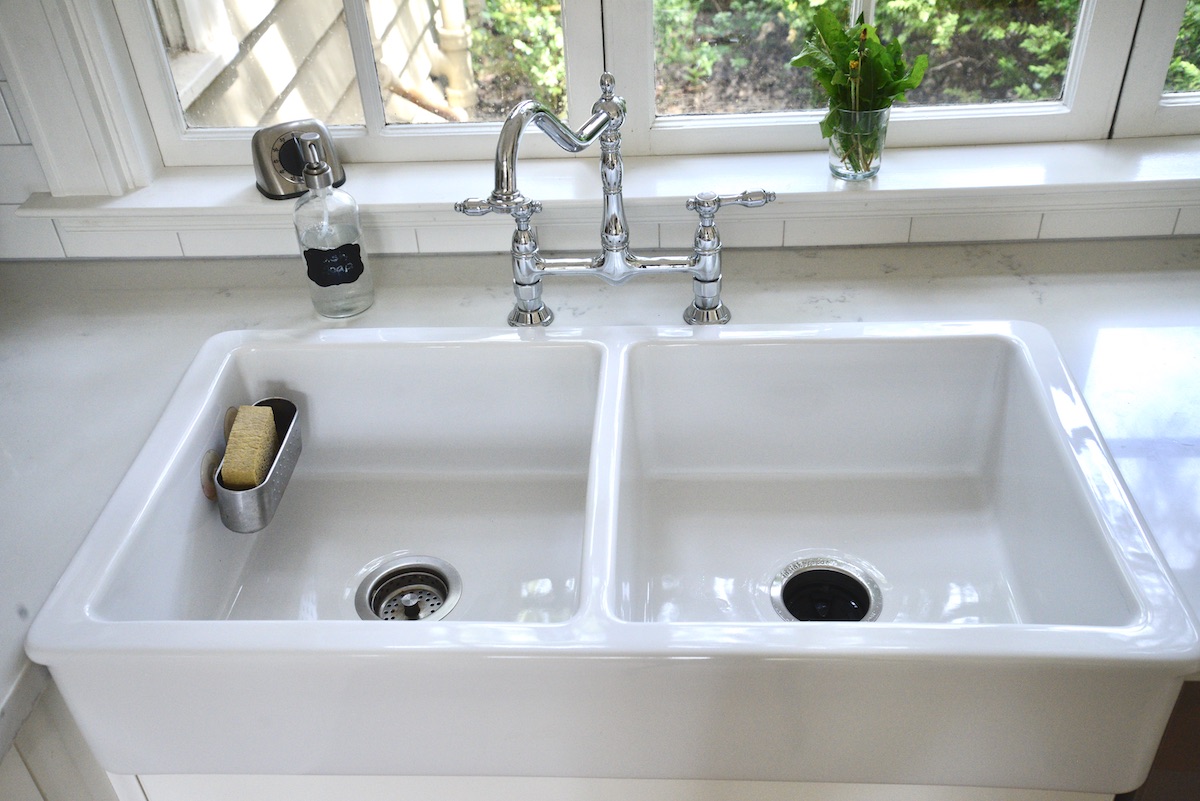

Articles
How To Clean Farmhouse Sink
Modified: December 7, 2023
Learn how to properly clean your farmhouse sink with these helpful articles. Discover the best techniques and products for maintaining a pristine sink.
(Many of the links in this article redirect to a specific reviewed product. Your purchase of these products through affiliate links helps to generate commission for Storables.com, at no extra cost. Learn more)
Introduction
When it comes to adding charm and character to a kitchen, a farmhouse sink is a popular choice for homeowners. With its deep basin and rustic design, a farmhouse sink not only provides functionality but also serves as a centerpiece in the kitchen. However, over time, these sinks can accumulate dirt, stains, and residue, making them lose their shine and beauty. That’s why regular cleaning and maintenance are essential to keep your farmhouse sink looking pristine.
In this article, we will guide you through the step-by-step process of cleaning a farmhouse sink, ensuring that it remains clean and free from bacteria. Whether your sink is made of porcelain, stainless steel, or fireclay, these cleaning techniques will help you restore its original luster and maintain its longevity.
Key Takeaways:
- Regular cleaning and maintenance are essential to keep your farmhouse sink looking pristine, ensuring its longevity and preserving its charm and character in your kitchen.
- By following the step-by-step cleaning process and incorporating maintenance practices, you can ensure that your farmhouse sink remains a beautiful centerpiece, providing both functionality and visual appeal.
Read more: DIY Guide To Installing A Farmhouse Sink
Step 1: Gather your supplies
Before you start cleaning your farmhouse sink, it’s important to gather all the necessary supplies. Having everything ready beforehand will save you time and make the cleaning process more efficient. Here are some essential supplies you will need:
- Mild dish soap or specialized sink cleaner: Choose a gentle dish soap or a sink cleaner specifically made for your sink material. Avoid using harsh chemicals or abrasive cleaners that can damage the surface.
- Soft sponge or cloth: Use a non-abrasive sponge or cloth to avoid scratching the sink’s surface. Microfiber cloths are an excellent choice as they are highly absorbent and great for cleaning.
- Baking soda or vinegar: These natural cleaning agents can be used to tackle tough stains or remove odors from your farmhouse sink.
- Lemon or citrus-based cleaner: If your sink has hard water stains or mineral deposits, a lemon or citrus-based cleaner can help break them down.
- Toothbrush or soft-bristle brush: A toothbrush or small soft-bristle brush is useful for getting into crevices or hard-to-reach areas.
- Paper towels or cloth towels: These will come in handy for drying the sink after cleaning.
- Gloves: Optional, but wearing gloves can protect your hands from harsh chemicals or hot water.
By ensuring you have all the necessary supplies ready, you will be well-prepared to tackle the cleaning process and achieve optimal results. Now that you have your supplies ready, let’s move on to the next step: clearing the sink.
Step 2: Clear the sink
Before you begin cleaning your farmhouse sink, it’s important to clear out any dishes, utensils, or debris that may be present. This will give you a clear and unobstructed surface to work with. Take the following steps to clear the sink:
- If there are any dishes or utensils in the sink, remove them and place them in the dishwasher or wash them separately.
- Dispose of any food scraps or debris by throwing them in the trash or compost bin.
- If your sink has a drain stopper or grates, remove them and set them aside. Rinse them under running water to remove any loose debris or residue.
- Use a damp paper towel or cloth to wipe away any remaining residue or crumbs from the sink’s surface.
Clearing the sink ensures that you have a clean slate to work with and prevents any interference or contamination during the cleaning process. Once your sink is cleared, you can move on to the next step: rinsing the sink.
Step 3: Rinse the sink
Rinsing the sink is an important step in the cleaning process as it helps remove loose dirt and debris, prepares the surface for deep cleaning, and ensures that any cleaning product you use is properly applied. Follow these steps to rinse your farmhouse sink:
- Turn on the faucet and allow warm water to flow into the sink.
- Use a soft sponge or cloth to scrub the sink basin and sides, removing any loose dirt or residue. Be sure to pay attention to the corners and edges of the sink.
- Continue rinsing the sink until the water runs clear and free from any visible dirt or particles.
- Consider using a brush or toothbrush to clean hard-to-reach areas such as around the drain or any crevices in the sink’s design.
- Once the sink is thoroughly rinsed, turn off the faucet and allow the excess water to drain from the basin.
Rinsing the sink before applying any cleaning solution ensures that you have a clean surface to work with and helps remove any surface-level dirt or grime. This step sets the foundation for a thorough cleaning. Now that you’ve rinsed the sink, it’s time to move on to the next step: applying the cleaning solution.
Step 4: Apply cleaning solution
Once you have rinsed the sink, it’s time to apply a suitable cleaning solution to effectively remove stains and grime. The choice of cleaning solution will depend on the material of your farmhouse sink. Follow these steps to apply the cleaning solution:
- Choose a mild dish soap or a specialized sink cleaner that is compatible with your sink’s material. Read the instructions on the cleaner to ensure proper usage.
- Squirt a small amount of the cleaning solution onto a damp sponge or cloth. Start with a small amount and add more as needed.
- Gently work the cleaner into a lather by rubbing the sponge or cloth together.
- Apply the lathered cleaning solution to the entire surface of the sink, including the basin and sides. Make sure to cover all areas, paying extra attention to any stained or heavily soiled areas.
- Allow the cleaning solution to sit on the sink’s surface for a few minutes. This gives the solution time to break down dirt and stains.
Applying the proper cleaning solution ensures that the sink’s surface is properly cleaned and sanitized. It helps remove any stubborn stains or grime, leaving your farmhouse sink looking fresh and renewed. Now that the cleaning solution is applied, it’s time to move on to the next step: scrubbing the sink.
Read also: 8 Best Farmhouse Sink for 2025
Step 5: Scrub the sink
Now that the cleaning solution has had time to sit on the surface of your farmhouse sink, it’s time to start scrubbing. Scrubbing helps to remove stubborn stains, dirt, and grime that may be clinging to the sink’s surface. Follow these steps to effectively scrub your sink:
- Take a soft sponge or cloth that is suitable for your sink’s material.
- Use gentle circular motions to scrub the entire surface of the sink, focusing on areas that are stained or heavily soiled.
- Pay extra attention to the corners, edges, and crevices of the sink to ensure a thorough cleaning.
- If needed, use a toothbrush or soft-bristle brush to scrub hard-to-reach areas such as around the drain or grooves in the sink’s design.
- Continue scrubbing until you are satisfied with the cleanliness of the sink and all stains and dirt have been removed.
It is important to remember to be gentle while scrubbing to avoid scratching or damaging the surface of your farmhouse sink. If you encounter any stubborn stains, you can use a paste made from baking soda and water or a vinegar solution to target those specific areas. Scrubbing the sink thoroughly will leave it looking spotless and ready for the next step: rinsing and wiping down.
To clean a farmhouse sink, use a mixture of baking soda and water to scrub away stains and odors. For tough spots, try a vinegar and water solution. Finish by drying the sink with a clean cloth to prevent water spots.
Step 6: Rinse and wipe down
After scrubbing your farmhouse sink to remove stains and dirt, it’s time to rinse away the cleaning solution and wipe down the sink. This step ensures that any residue from the cleaning solution is completely removed, leaving your sink sparkling clean. Follow these steps to rinse and wipe down your sink:
- Turn on the faucet and rinse the sink with warm water. Ensure that all areas of the sink, including corners and crevices, are thoroughly rinsed to remove any lingering cleaning solution.
- Wipe down the sink with a clean, damp cloth or sponge. This will help remove any remaining residue and ensure a fresh and polished surface.
- Pay special attention to the faucet area, handles, and any other accessories, as they can accumulate dirt and residue. Use a toothbrush or small brush to clean these areas if necessary.
- Once you have wiped down the entire sink, rinse the cloth or sponge and wipe down the sink again to remove any excess water or residue.
Rinsing and wiping down the sink is crucial to remove any leftover cleaning solution or debris. It ensures that your farmhouse sink is not only clean but also free from any potential harmful chemicals. Now that you have rinsed and wiped down the sink, it’s time to move on to the optional step of removing stains.
Step 7: Remove stains (optional)
While cleaning your farmhouse sink, you may come across stubborn stains that require extra attention. This optional step focuses specifically on removing those tough stains and restoring the sink’s pristine appearance. Follow these steps to remove stains from your sink:
- Identify the type of stain you are dealing with. Common stains include rust, hard water spots, and food stains.
- For rust stains, create a paste by mixing baking soda with water. Apply the paste directly to the stained area and let it sit for several minutes. Gently scrub the area with a soft brush or toothbrush. Rinse the sink thoroughly to remove any residue.
- For hard water spots or mineral deposits, soak a cloth in vinegar or lemon juice. Place the cloth over the affected area and let it sit for a few minutes. Scrub the area gently with a soft brush or sponge. Rinse the sink to remove any vinegar or lemon juice residue.
- For food stains, make a paste with baking soda and water. Apply the paste to the stained area and let it sit for a few minutes. Gently scrub the area with a soft brush or sponge. Rinse the sink thoroughly.
- If the stain persists, consider using a specialized stain remover or consulting your sink’s manufacturer for further guidance.
Remember to always test any stain removal method on a small, inconspicuous area of your sink first to ensure that it does not cause any damage. Removing stains will help restore the sink’s pristine appearance and maintain its overall beauty. Now that you’ve addressed any stubborn stains, it’s time to move on to polishing the sink surface.
Step 8: Polish the sink surface
Polishing the surface of your farmhouse sink is an important step to bring out its natural shine and enhance its overall appearance. This step helps to remove any remaining residue, water spots, or fingerprints, leaving your sink looking clean and renewed. Follow these steps to effectively polish your sink:
- Take a soft cloth or microfiber towel and apply a small amount of sink polish or a homemade polish solution.
- Gently rub the polish onto the entire surface of the sink, including the basin, sides, and accessories.
- Use circular motions to work the polish into the sink’s surface and ensure an even application.
- Pay special attention to any areas that require extra shine or have water spots.
- Allow the polish to sit on the sink’s surface for a few minutes, as per the instructions provided with the product.
- Using a clean portion of the cloth or a fresh microfiber towel, buff the sink in circular motions to remove the polish and achieve a high shine.
Polishing the sink surface not only enhances its appearance but also helps to repel water and prevent water spots from forming in the future. Additionally, it provides a protective layer that can help minimize daily wear and tear. Now that you have polished your sink, it’s time to move on to the next step: drying the sink.
Step 9: Dry the sink
After polishing your farmhouse sink, it’s important to ensure that it is completely dry. Drying the sink prevents water spots and helps maintain its pristine condition. Follow these steps to effectively dry your sink:
- Take a clean, dry cloth or towel and wipe down the entire surface of the sink, including the basin, sides, and accessories.
- Pay special attention to any areas where water may tend to accumulate, such as around the faucet or drain.
- If needed, use a paper towel or a separate cloth to dry hard-to-reach areas or any remaining moisture.
- To prevent water spots, consider using a microfiber cloth or a cloth treated with a water-repellent solution to give the sink a final wipe-down.
Ensuring that your farmhouse sink is thoroughly dried not only prevents water spots but also helps maintain its shine and cleanliness. Now that your sink is dry, let’s move on to the final step: maintaining the cleanliness of your sink.
Step 10: Maintain the cleanliness
Keeping your farmhouse sink clean and well-maintained is essential to prolong its life, preserve its beauty, and prevent the buildup of dirt and grime. Follow these steps to maintain the cleanliness of your sink on a regular basis:
- Wipe down the sink after each use with a soft cloth or sponge to remove any food particles or residue.
- Avoid leaving dirty dishes or standing water in the sink for long periods of time, as this can lead to stains and bacterial growth.
- Periodically deep clean your sink by following the steps outlined in this article.
- Use sink mats or grids to protect the sink’s surface from scratches caused by heavy pots, pans, or utensils.
- Avoid using abrasive cleaners or scrub brushes that can damage the sink’s finish.
- Regularly check and clean the sink’s drain, removing any debris or clogs to ensure proper drainage.
- Consider using a sink spray or vinegar solution to freshen up the sink and remove any unpleasant odors.
By following these maintenance practices, you can keep your farmhouse sink looking clean and beautiful for years to come. Remember, proper care and maintenance are key to preserving the integrity of your sink and maintaining its functionality and aesthetic appeal.
With these ten steps, you now have a comprehensive guide to cleaning and maintaining your farmhouse sink. By regularly following these steps, you can ensure that your sink remains a beautiful centerpiece in your kitchen and continues to provide both functionality and visual appeal.
Conclusion
Your farmhouse sink is more than just a functional fixture in your kitchen; it adds charm and character to the space. With regular cleaning and maintenance, you can keep your sink looking pristine and ensure its longevity. By following the ten steps outlined in this article, you can effectively clean and maintain your farmhouse sink.
Starting with gathering the necessary supplies, clearing the sink, and rinsing it, you create a clean surface to work with. Applying a suitable cleaning solution and scrubbing the sink help remove stains and dirt, restoring its original shine. Rinse and wipe down the sink to remove any residual cleaning solution, ensuring a fresh and sanitized space.
If necessary, you can tackle stubborn stains with specific methods tailored to the type of stain. Polishing the sink surface enhances its appearance and provides a protective layer, while thorough drying helps prevent water spots. Finally, maintaining the cleanliness of your sink through regular wiping and proper care practices will keep it looking beautiful and functional.
Remember to choose cleaning products that are compatible with your sink’s material, avoid abrasive tools, and always test any cleaning or stain removal solution on a small area before applying it to the entire sink.
By following these steps and incorporating them into your cleaning routine, you can ensure that your farmhouse sink remains a stunning centerpiece in your kitchen. Regular cleaning and maintenance will not only preserve its beauty but also contribute to a healthy and hygienic environment in your home.
So, roll up your sleeves, gather your supplies, and let’s begin the journey of keeping your farmhouse sink looking fabulous!
Frequently Asked Questions about How To Clean Farmhouse Sink
Was this page helpful?
At Storables.com, we guarantee accurate and reliable information. Our content, validated by Expert Board Contributors, is crafted following stringent Editorial Policies. We're committed to providing you with well-researched, expert-backed insights for all your informational needs.
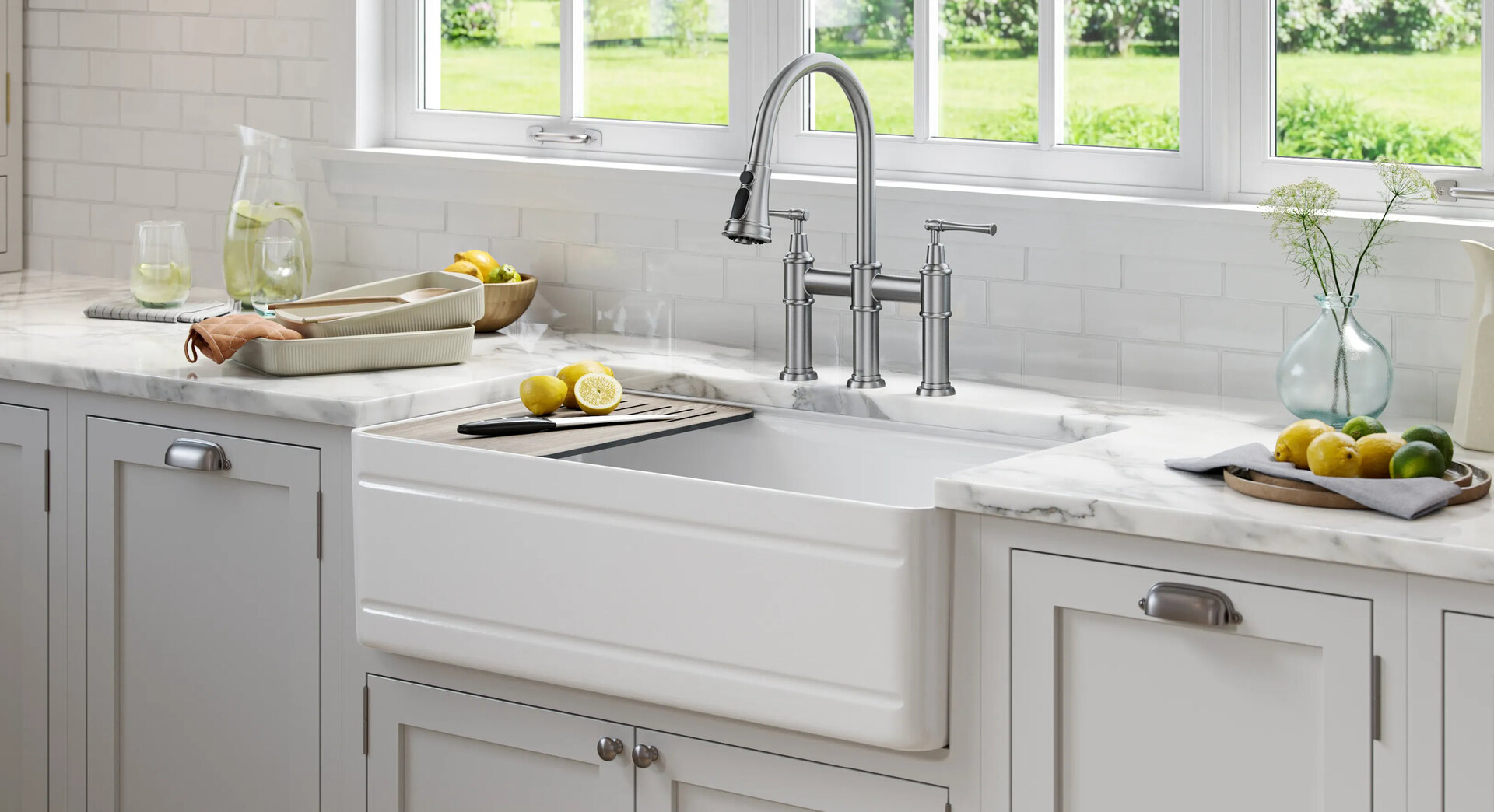
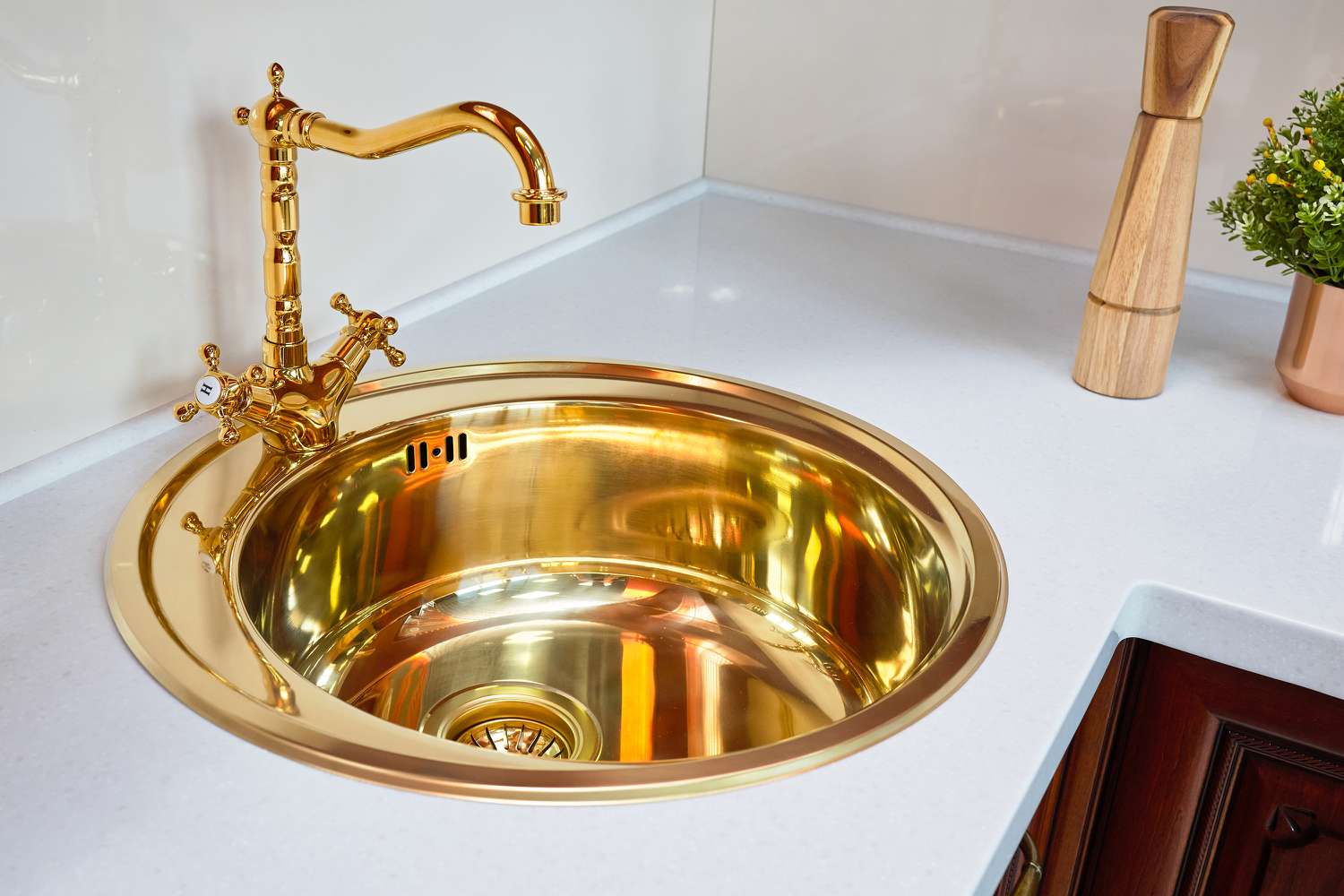
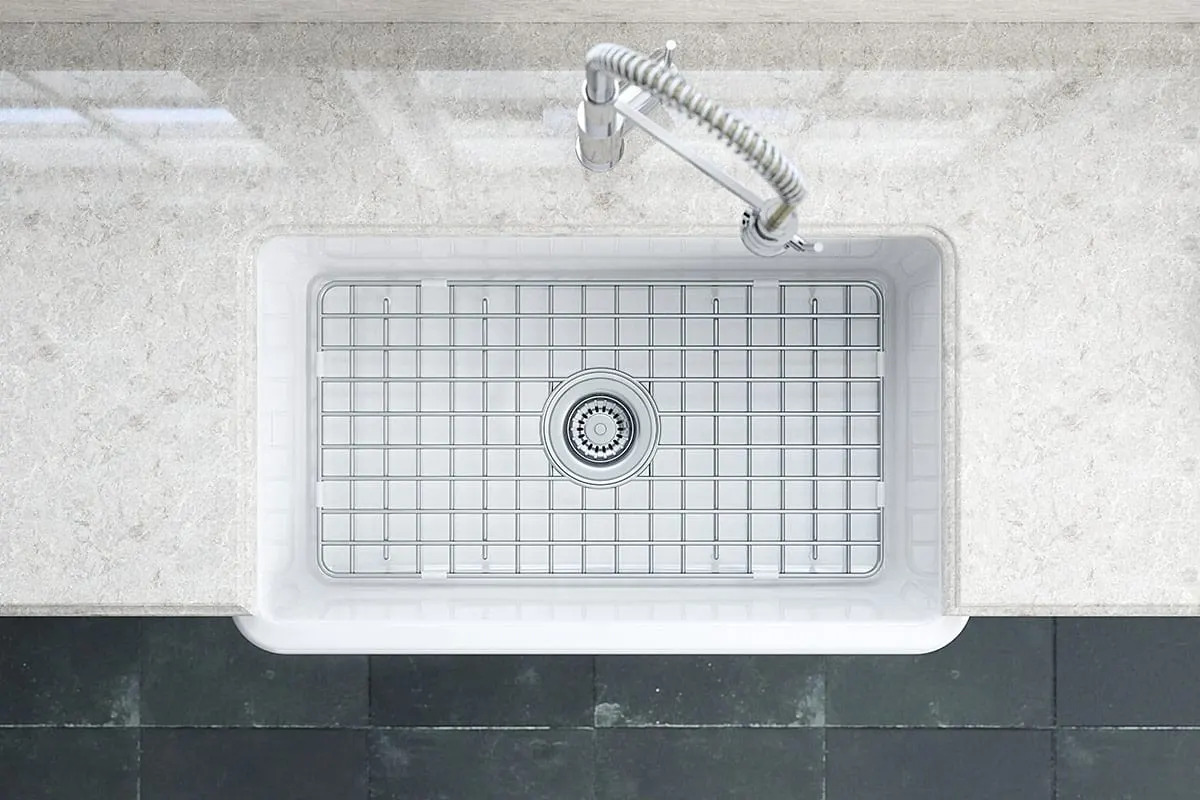
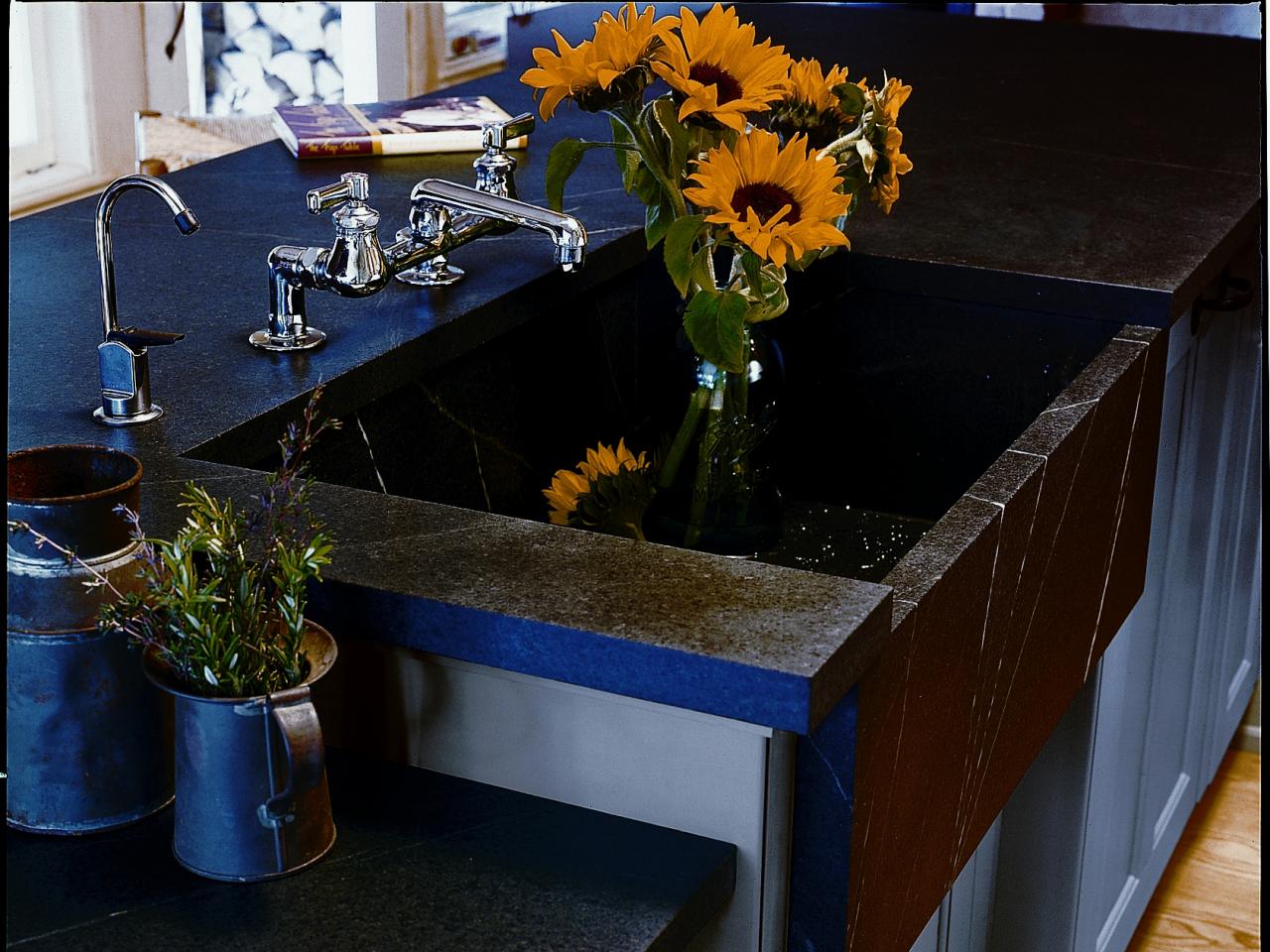
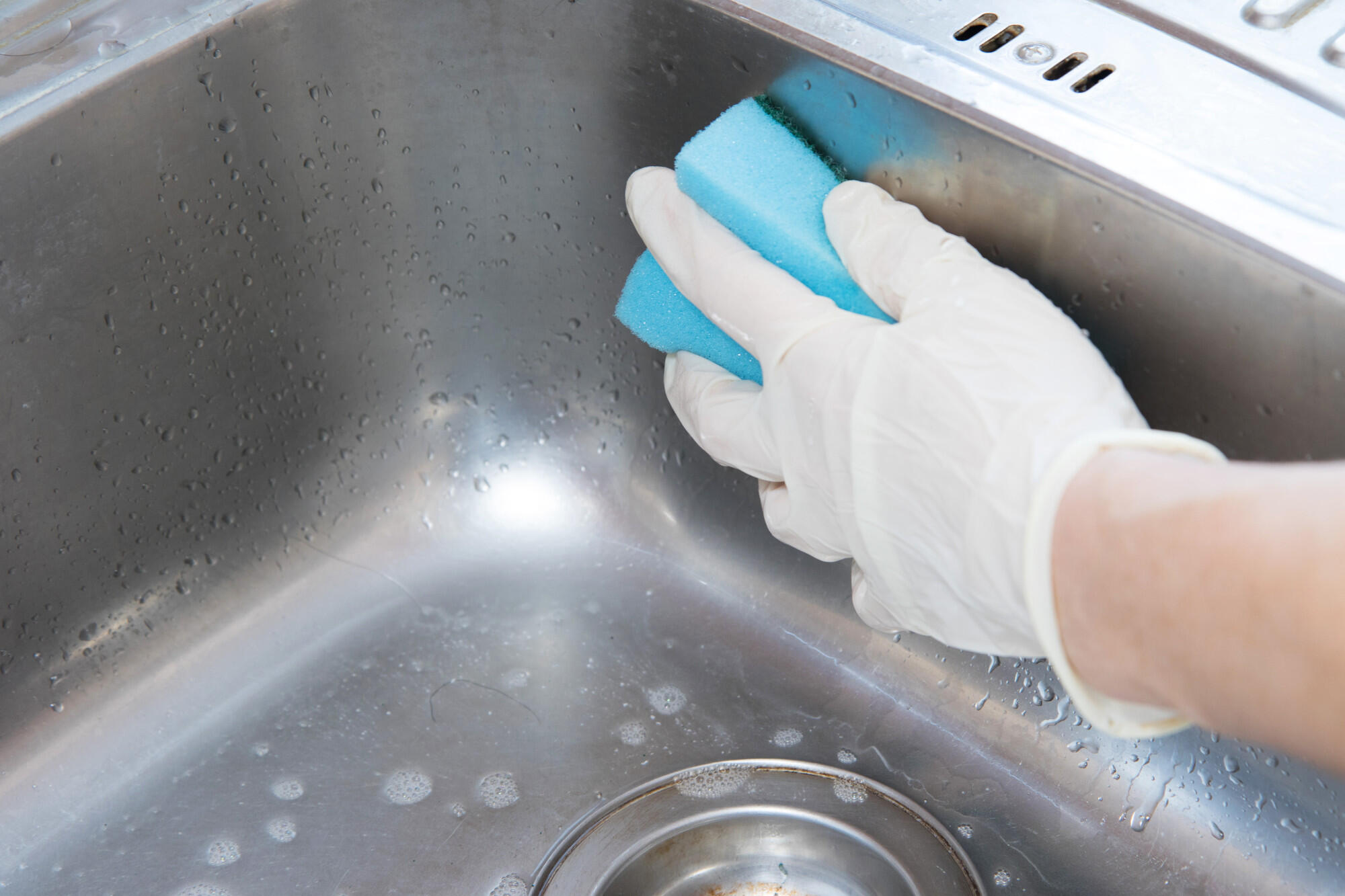
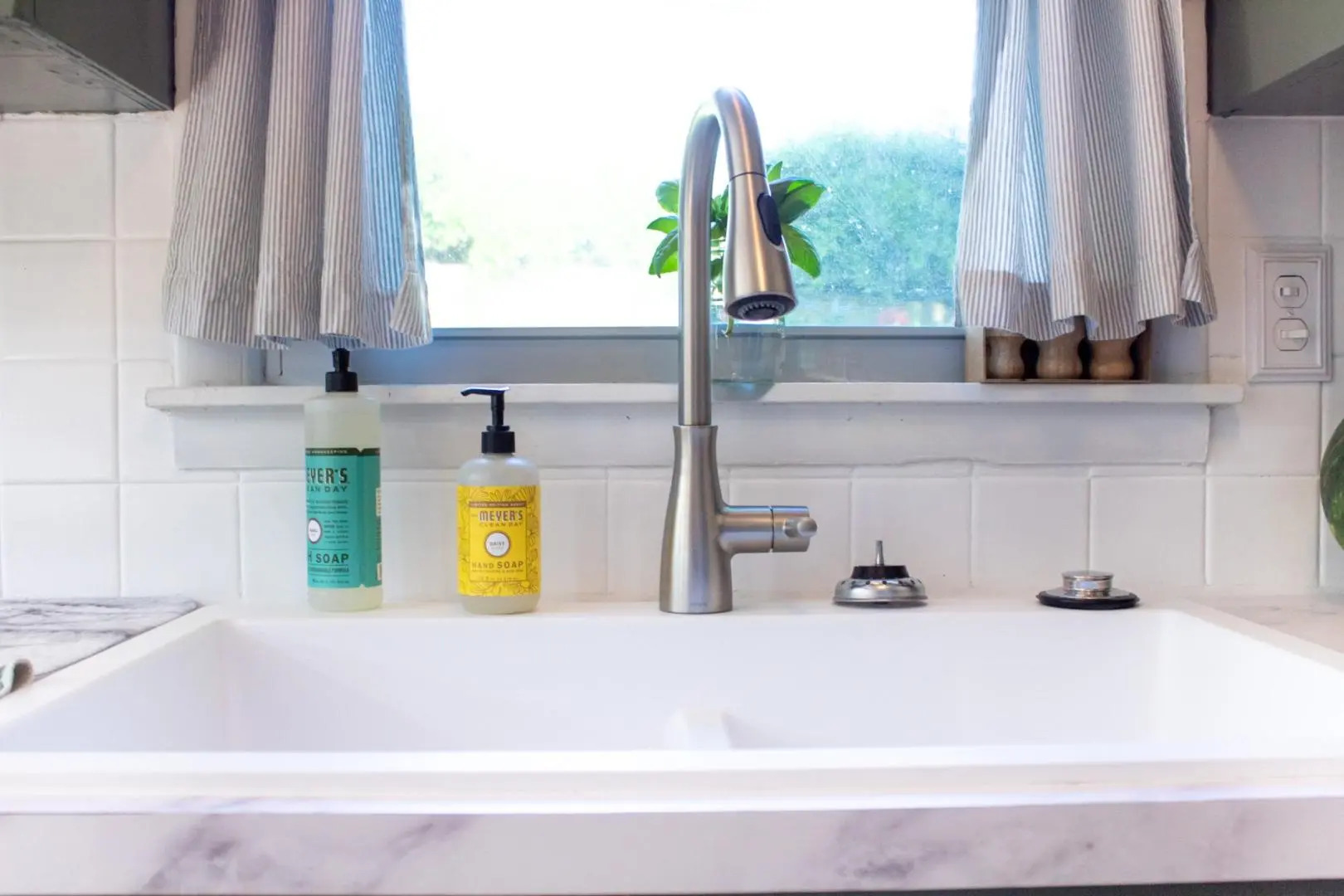
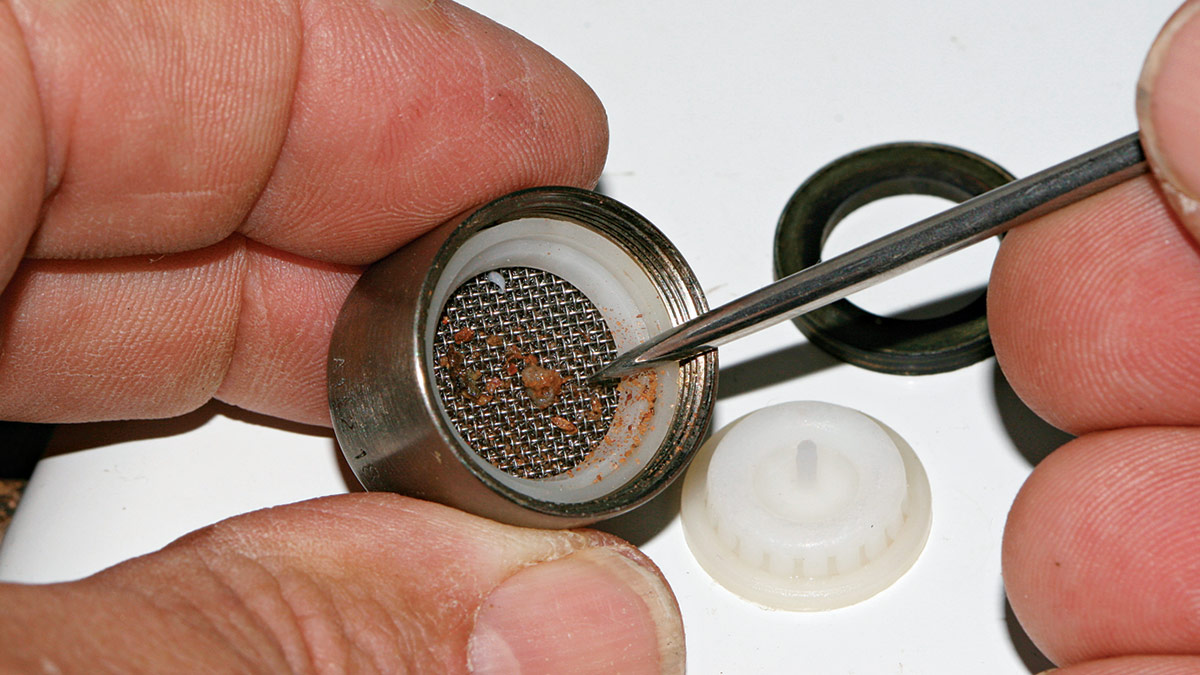

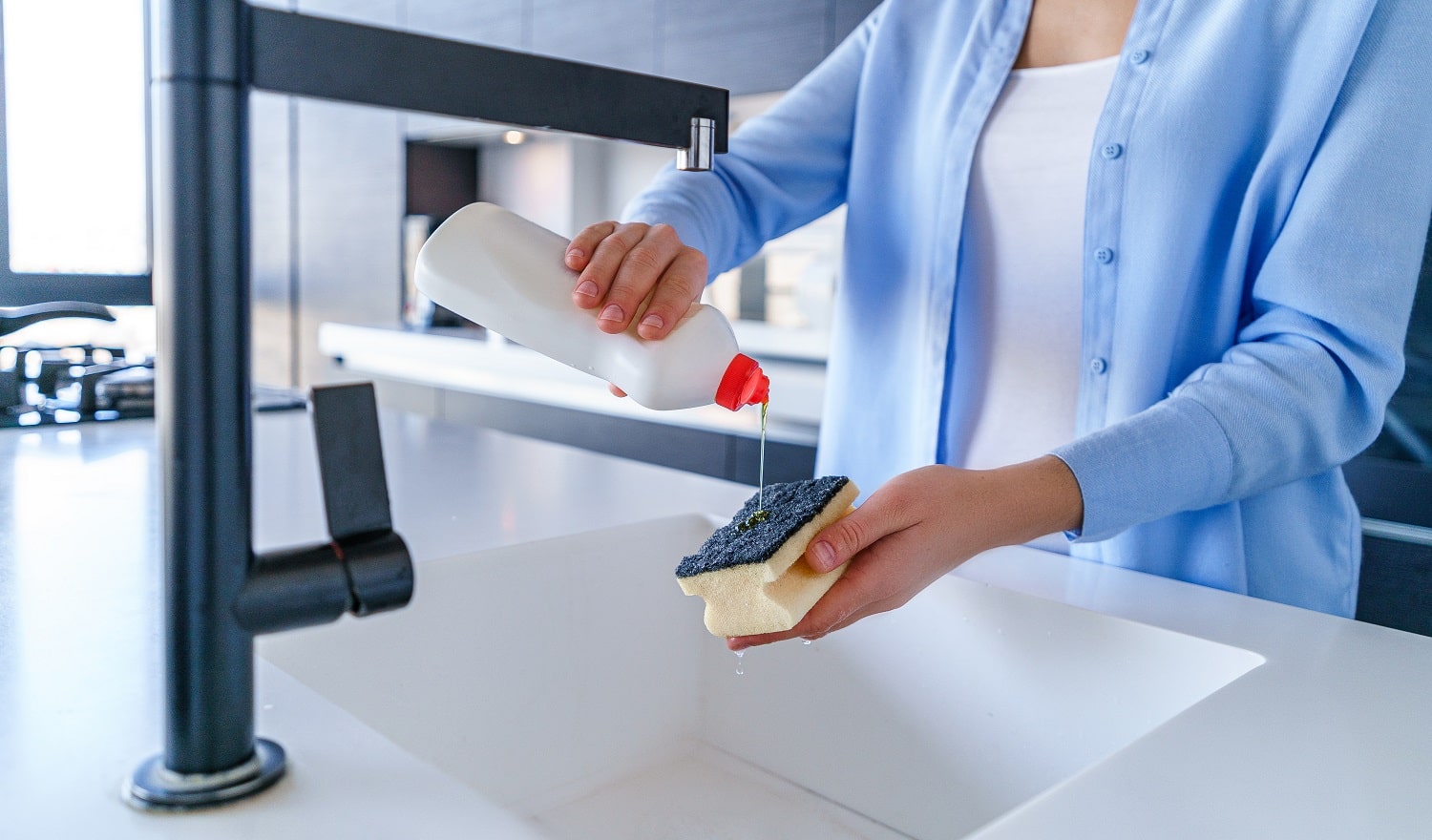
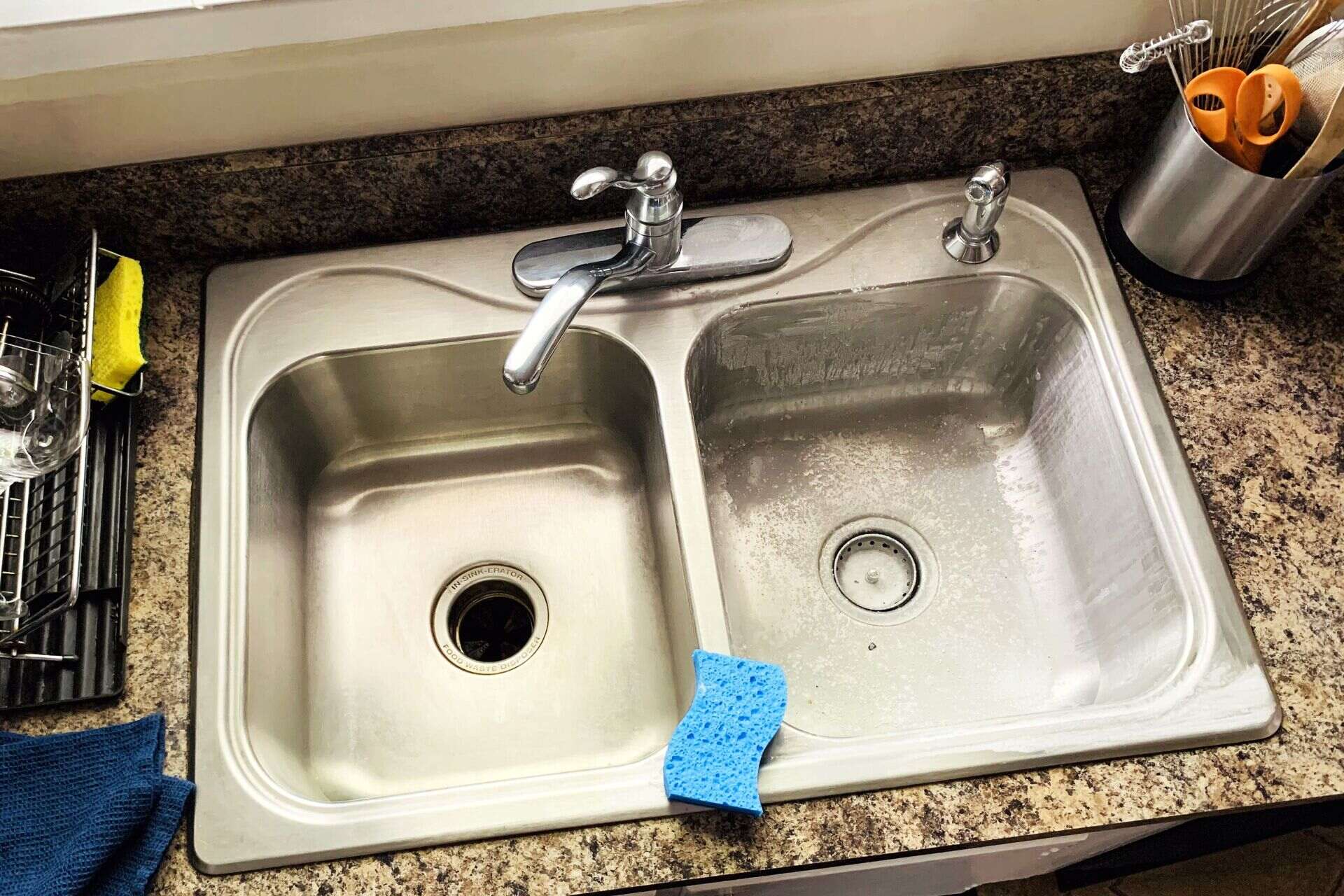
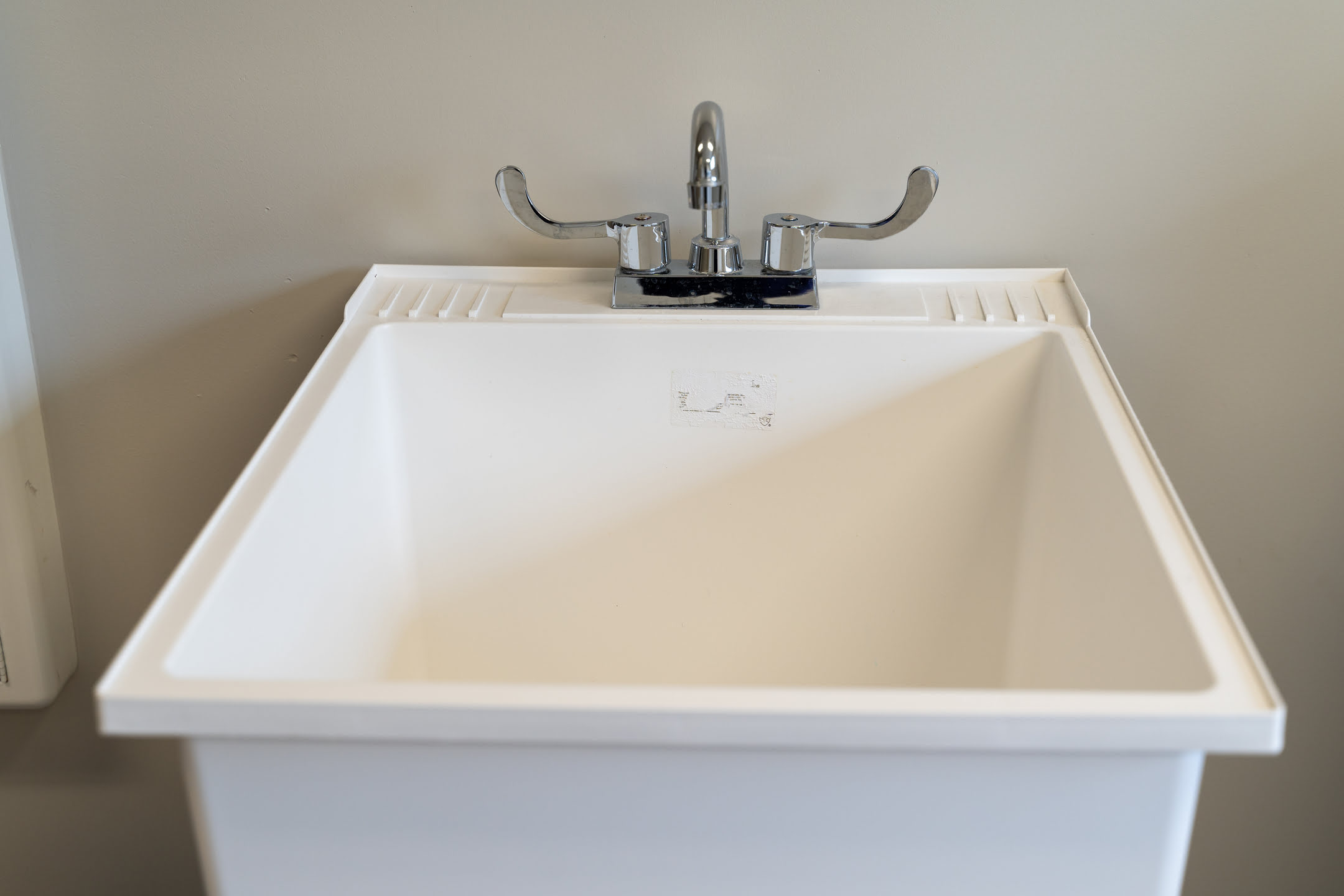
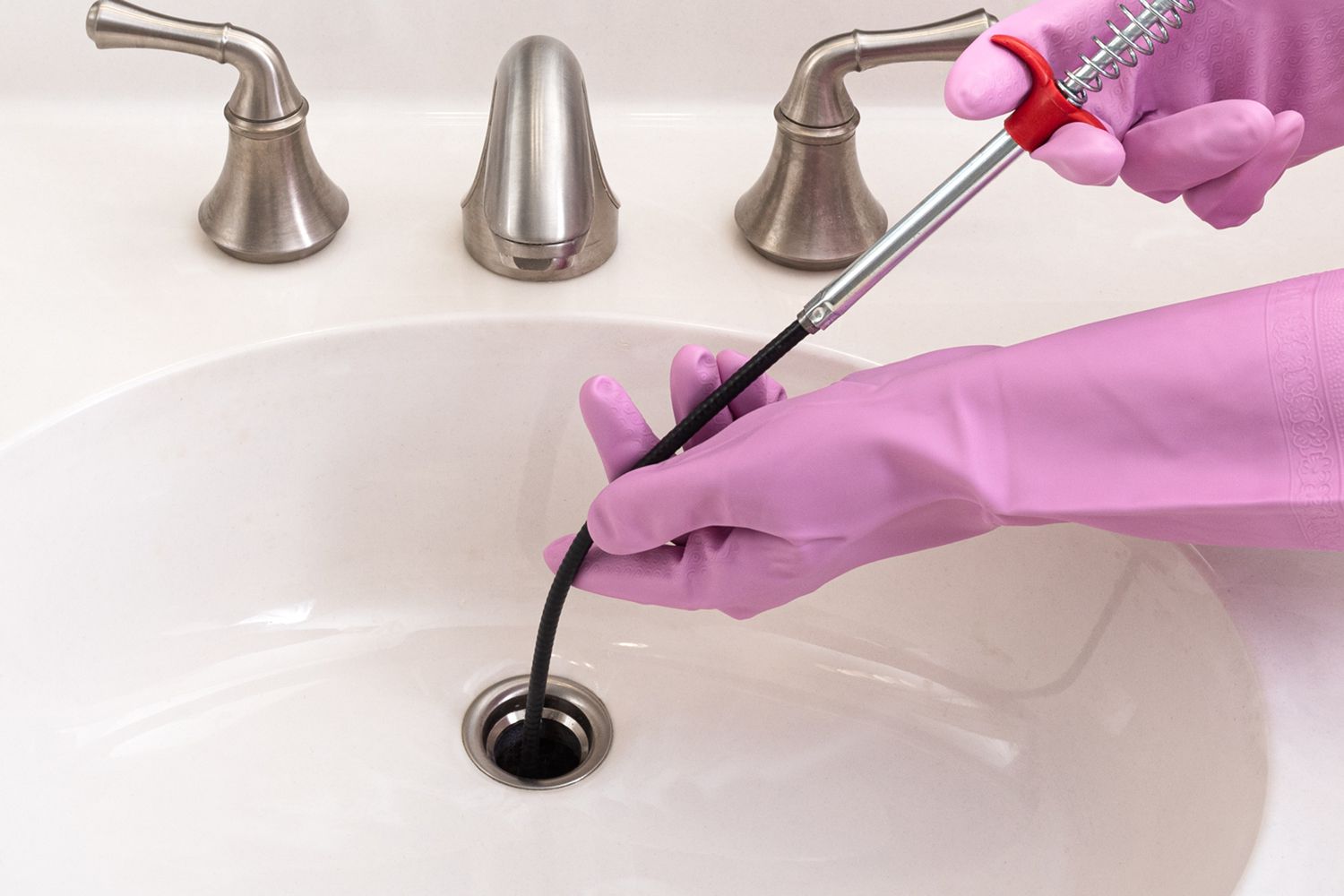
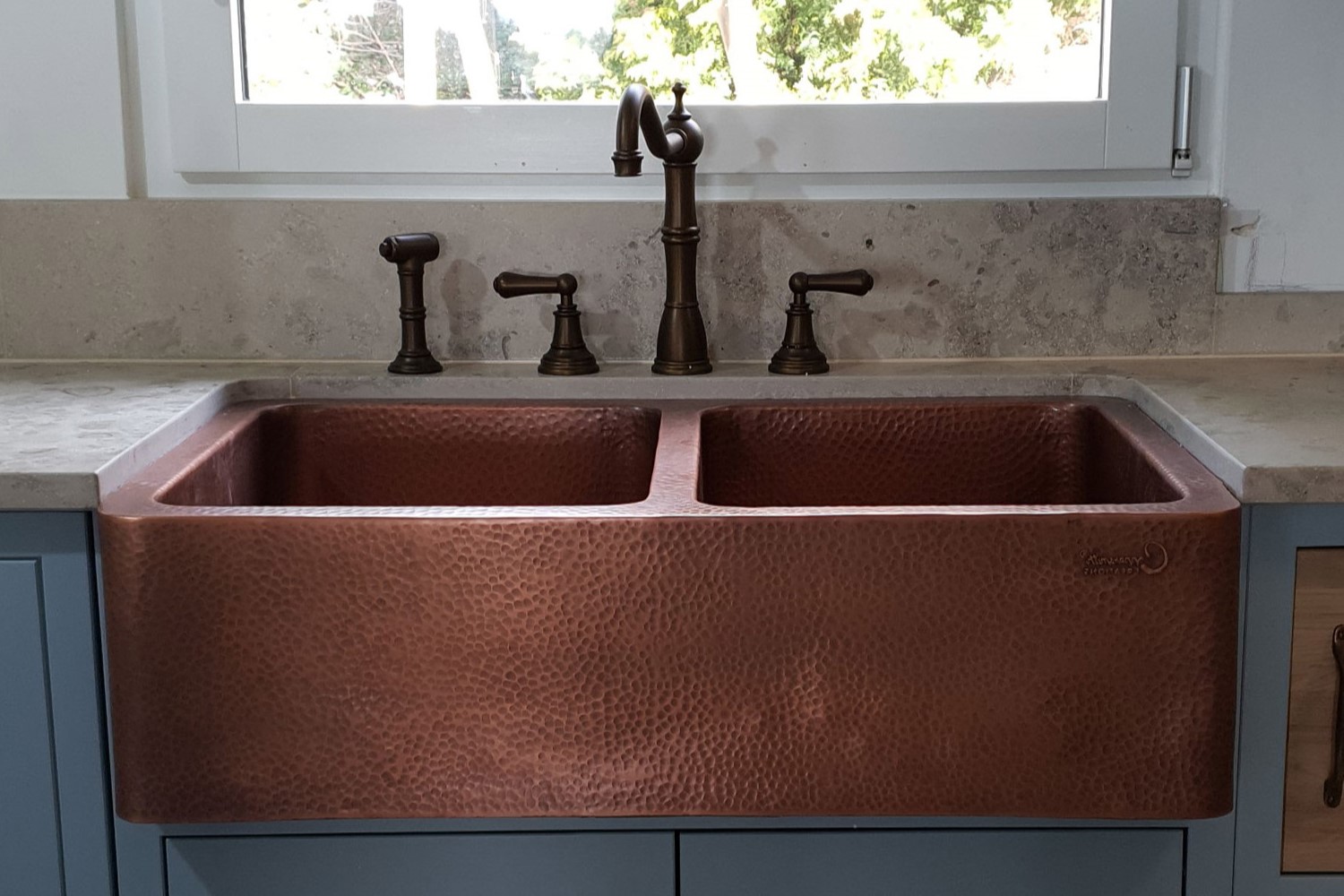

0 thoughts on “How To Clean Farmhouse Sink”